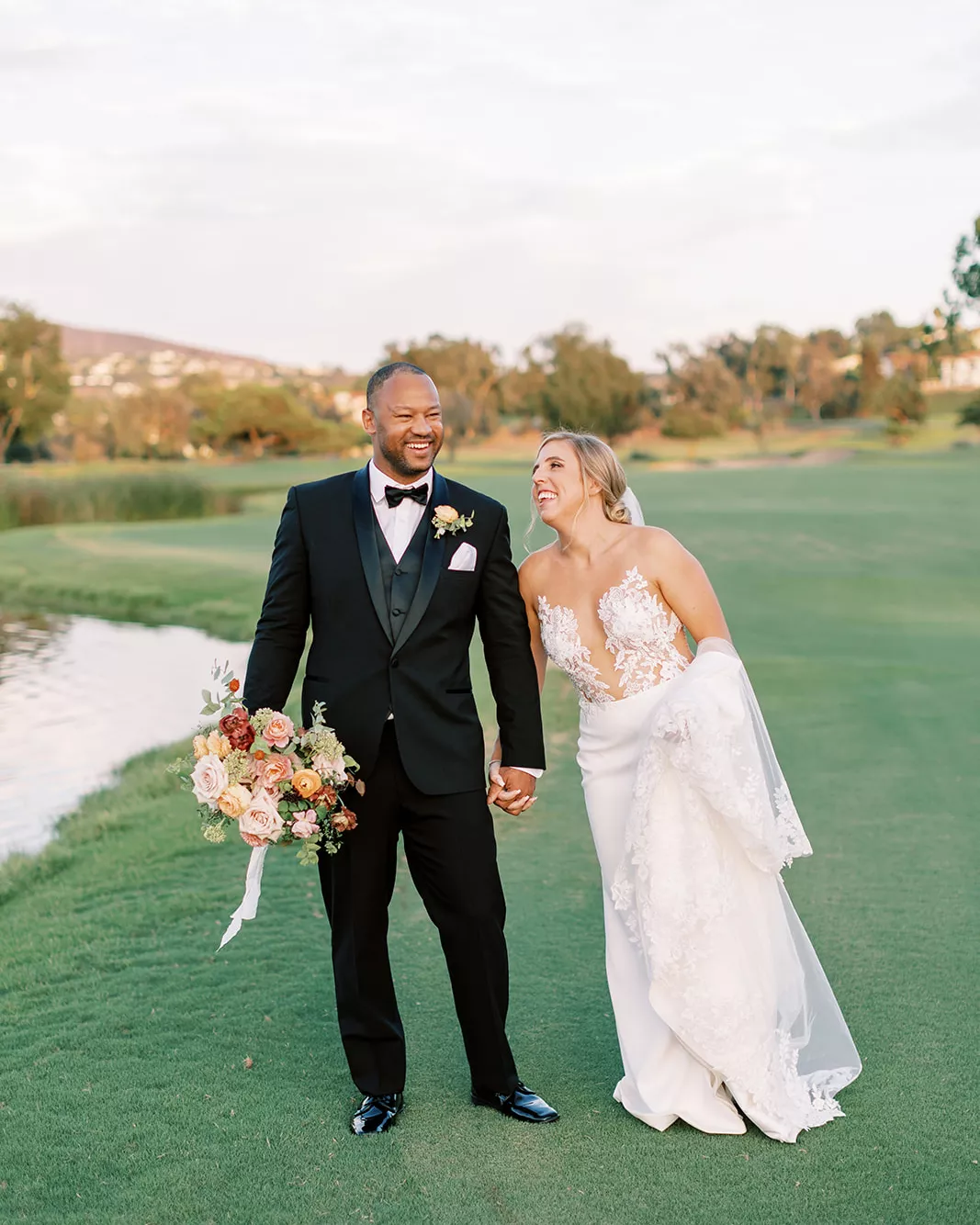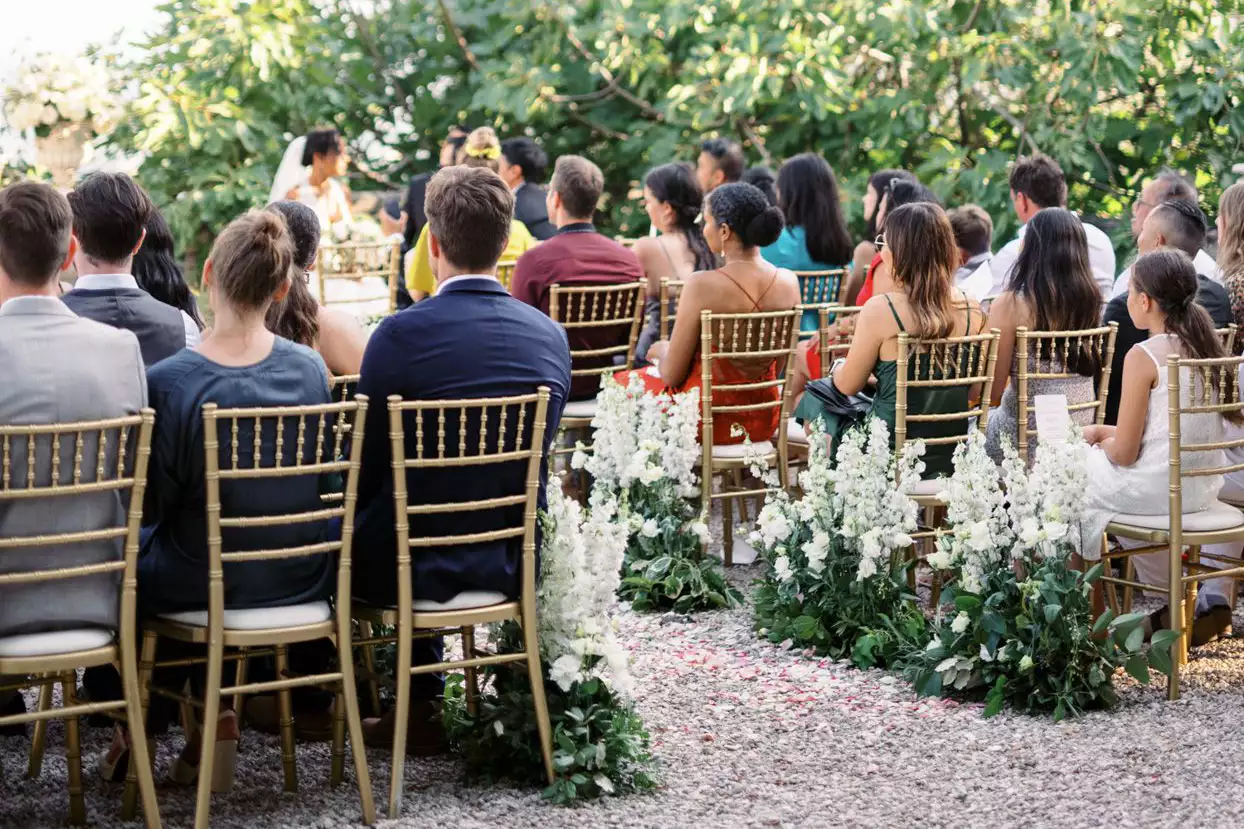
When it pertains to paying for the wedding, there are varying views. While typically the bride-to-be’s moms and dads was accountable for hosting (and paying for) the whole celebration, today many couples sign up with both sets of moms and dads in contributing.
Whether your parents (or your future partner’s parents) are kindly using to pay for part or all of the wedding, it’s valuable to comprehend who historically has actually paid for each aspect of the wedding day. While it’s by no methods obligatory for the bride-to-be’s household to spend for the engagement celebration and the groom’s parents to pay the bill for the rehearsal supper, a working knowledge of how a wedding event costs normally shakes out will help everybody browse this difficult organization.
While numerous households don’t like to discuss money– and speaking about it with future in-laws can provide an even greater level of awkwardness– it’s important to have this conversation as soon as you start preparing. “Budget needs to be the very first conversation couples have together and with their families– otherwise, you are preparing in a bubble that might not be your reality,” states Jove Meyer, a wedding event planner. “I know it is not fun or cute to talk about money, but it is extremely essential, as it notifies all of the other choices round your wedding event.”
Generally, the majority of expenses were covered by the bride-to-be’s family, with the groom’s household and the groom including smaller amounts. Not all weddings have a single bride-to-be and groom– and not all families are able to contribute according to antiquated guidelines. “The heteronormative gender roles for who spends for a wedding event are changing,” says Meyer. “They are a lot more modern and equivalent, considering both households’ resources, guest lists, expectations, and the wedding event place, as well as the resources and desires of the couple.” For very same sex couples with either no bride-to-be or two bride-to-bes, the guidelines are not appropriate, adds Meyer: “Families must discuss and be open and truthful about what is possible for them.”
If you’re not exactly sure how to overcome these concerns with your own household, these standard cost breakdowns can offer a valuable framework for choosing what works for you– and what doesn’t.
Jove Meyer is the owner of his eponymous wedding event planning company, which is based in Brooklyn, N.Y.
Christin Gomes and Ida Gibson, PhD, are etiquette professionals and co-owners of Common Courtesy.
The bride-to-be’s household typically spends for most of the wedding-related costs, from the engagement celebration to the newlyweds’ vacation vehicle. According to Christin Gomes and Ida Gibson, PhD, of Common Courtesy, these costs have actually generally included:
Engagement party
Wedding planner
Invitations and day-of stationery
Photography and videography
Location
Bride-to-be’s outfit (and all accessories, consisting of veil).
Event and reception floral plans, décor, and leasings.
Food and beverage.
Wedding cake.
Visitor transport.
Travel and lodging costs for bridesmaids and officiant.
Most other reception expenses.
Now, say the specialists, the rules are fluid, with the other partner’s moms and dads and the couple adding to any of those costs. “Wedding expenses have actually grown enormously for many years and have no longer end up being the unique responsibility of the bride’s moms and dads,” says Gomes. “They can take care of whatever they would like, as long as all parties involved concur.”.
The groom’s household has generally selected up the tab for fewer wedding items, which have actually consisted of:.
Marital relationship license and officiant fee.
Corsages and boutonnières for family members on both sides.
Lodging for groomsmen.
Practice session dinner expenses.
Reception alcohol (optional).
DJ or band (optional).
Rehearsal dinners utilized to vary in size from a small, wedding-party-only occasion to a bigger soirée that consisted of half or more of the wedding event visitors. Now, however, as many couples go with welcome celebrations that are open to all of their visitors, the groom’s parents aren’t anticipated to take on the whole expense. “A welcome celebration can be much costlier than a special rehearsal supper, so it’s at the discretion of the groom’s moms and dads if they still accept host the event,” says Gibson.
In some circles, the groom’s family offsets reception costs by acquiring the alcohol; in others, the groom’s household pays for the band. You work it out, make sure each celebration is comfortable with its contribution.
In the past, the bride-to-be would personally spend for:.
Wedding flowers and presents for the bridesmaids.
All hair and makeup costs.
Groom’s wedding band.
Groom’s wedding present.
While these costs are still usually covered by a lot of brides, says Gomes, many modern women likewise add to the general costs of the ceremony and reception–” any and everything their spending plan allows,” says Gomes. “Brides and grooms are usually older and economically independent by the time they wed. It’s more typical today for couples to host and pay for a part or all of their wedding costs.”.
Conventional expectations for the groom’s monetary contribution included:.
Engagement and wedding rings.
Marriage license and officiant fee (if not covered by moms and dads).
Bride-to-be’s arrangement.
Groomsmen’s boutonnières and gifts.
Bride’s wedding present.
Honeymoon.
Today, couples often share the expenses for their post-wedding trip, including honeymoon and wedding costs into their big-picture monetary strategies.
Keep track of big life objectives as you prepare your wedding event, state our experts– and remember that whatever is relative. Believe long-lasting about your wedding spending plan. If you invest all of your resources on the wedding event, what is left to assist with your other objectives?”.



